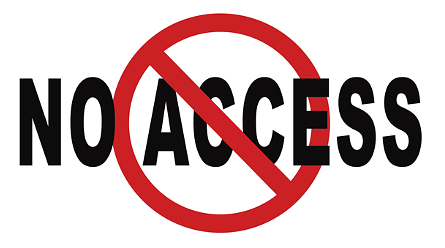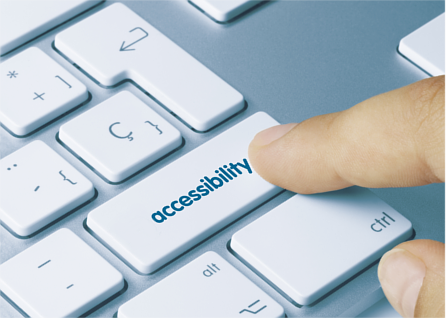Practical web accessibility
Crossing the digital divide
Transcript of The Wire's interview with Dr Scott Hollier on 'Crossing the digital divide'
The Wire
Access to the internet is something most of us now take for granted and couldn’t imagine living without, but for one million Aussies with a disability that’s exactly what they have to do. For many, they think it will cost too much, especially to buy the kind of software they need to help them use it, for others, it’s just all too hard. Laura Corrigan reports.
Laura: Dr Scott Hollier is director of Digital Accessibility for advocacy group Media Access Australia.
Top of page
More work needed for digital inclusion at home

The ABS Household use of IT study, released on 18 February 2016, shows that the number of Australians accessing the net is continuing to rise, albeit at a slightly slower rate than in past years.
Top of page
First NVDA screen reader update for 2016 now available
Accessibility in the cloud – benefits, issues and trends
Video advertisements on Facebook to be auto-captioned

Following the launch of auto-playing video advertisements, new captioning features are being introduced to increase user engagement. These new features by default make advertisements more accessible to users that have a disability.
Top of page
Service Providers Accessibility Guide now available via direct download
Organisations receive Emmy awards for internet caption standards
Professional Certificate in Web Accessibility promotional video out now

The PCWA course highlights video runs for one minute and thirty seconds. In addition to the standard video, an audio described version of this video is also available.
Top of page







